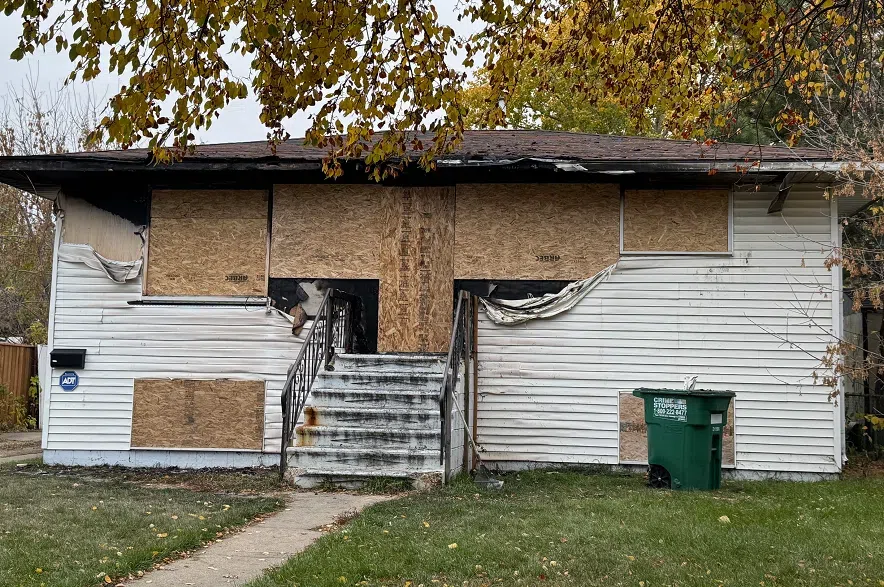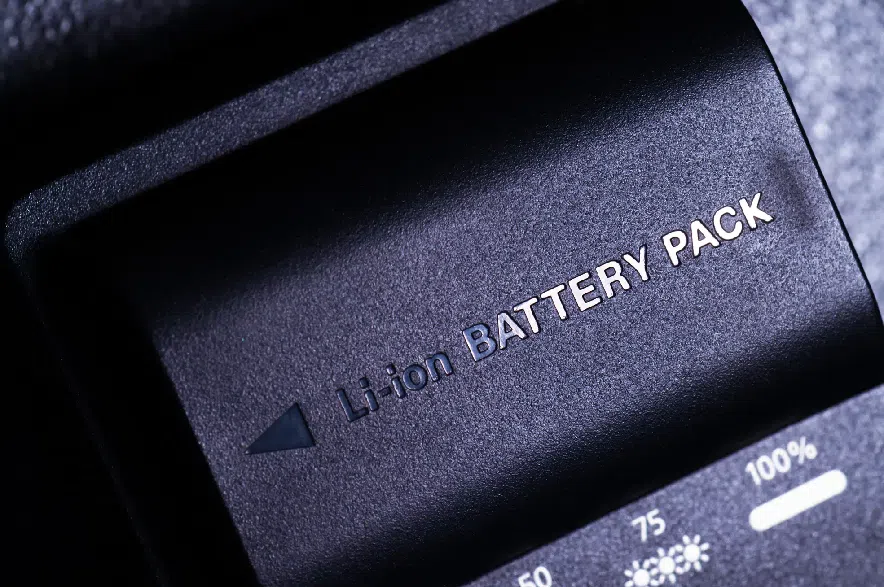Lithium-ion batteries are found in many of the electronics we use every day, but the batteries can also present a serious fire risk if they’re used incorrectly or damaged.
According to the Saskatoon Fire Department, the batteries are found in everything from smartphones, headphones and tablets to e-cigarettes, power tools and electric bikes. But while the batteries power many common devices, they can also potentially overheat, spark a fire or even explode.
Read more:
- Fire department issues warning about battery risk after house fire
- UPDATE: Electric scooter caused Pleasant Hill house fire on Ave V
- Two injured in Massey Place machete attack: Saskatoon police
The fire department is highlighting the risks that lithium-ion batteries can pose as part of Fire Prevention Week, which starts on Sunday.
LISTEN: Regina fire chief Layne Jackson shares tips on battery safety:
Battery-powered devices have been the cause of a number of house fires in the city in recent years.
In October of 2024, firefighters traced the cause of an explosion and subsequent house fire on Avenue V South to an electric scooter. The fire department said it could not determine if the battery or the charging source was ultimately responsible for the blaze, but estimated the damages at $200,000.

The aftermath of a 2024 house fire in Saskatoon’s Pleasant Hill neighbourhood. The fire department said the blaze was caused by an electric scooter, one of many common products that typically uses lithium-ion batteries. (650 CKOM file photo)
“Lithium-ion batteries are powerful, convenient and found in countless everyday devices,” fire marshal Ryan Bradley explained in a statement.
“This year’s Fire Prevention Week campaign focuses on helping people understand how to use these batteries safely and responsibly to reduce the risk of fire or injury in the home.”
In order to minimize the risk from lithium-ion batteries, the fire department advised the public to take an extra few minutes to do a bit of research before purchasing a battery-powered product.
“Look for a stamp from a nationally recognized testing lab on the packaging and product, which means that it meets important safety standards,” the fire department advised.
“Many products sold online and in stores may not meet safety standards and could increase the risk of fire.”
When charging a device powered by a lithium-ion battery, the fire department said it’s important to follow the manufacturer’s instructions and to only use the charger that came with the product.
“If you need a new charger, buy one from the manufacturer or one that the manufacturer has approved,” the fire department said.
“Charge your device on a hard surface. Don’t charge it under a pillow, on a bed, or on a couch – this could cause a fire.”
It’s also important to avoid overcharging batteries, and the fire department said devices should be unplugged or have their batteries removed when they are fully charged.
Lithium-ion batteries – or any household batteries, for that matter – should be disposed of at a safe battery recycling location, the fire department said. They should not be thrown into regular garbage or recycling containers.
In Saskatoon, batteries (with the exception of e-bike batteries) can be dropped off at the city’s Material Recovery Centre or any SARCAN depot.
More information on lithium-ion battery safety can be found on the City of Saskatoon’s website.
Read more:











